SOUFLI
Soufli (Greek: Σουφλί) is a town in the Evros regional unit, Greece, notable for the silk industry that flourished there in the 19th century. The town stands on the eastern slope of the twin hill of Prophet Elias, one of the easternmost spurs on the Rhodope Mountains. It is situated in the center of the Evros regional unit, 65 km north of Alexandroupoli and 50 km southwest of Orestiada, on Greek National Road 51/E85 which links Alexandroupoli with Edirne and the Bulgarian border at Ormenio. The town center is only 500m from the Evros River. Soufli is the seat of the municipality of Soufli.
 |
 |
Soufli - Vass. George- / Papanastasiou Street Soufli - Brika Manor House
History
Archaeological finds and tombs discovered in the area confirm that a settlement stood on the site during the Hellenistic period. The first recorded mention of Soufli date to ca. 1667, when the Ottoman traveler Evliya Çelebi reported that it was a large village free from taxation. He refers to it by its Turkish name 'Sofulu,' an appellation that probably derives from a nearby dervish monastery. Another version, however, attributes the origins of the name to a Byzantine landowner called 'Souflis'. Beginning in the 19th century, Soufli became an administrative center of a rich province of almost 60,000 inhabitants, extending on both sides of the Evros valley. As one of the few population centers in the region, Soufli became an important trading center. From the records of the Greek Consulate in Adrianople state that in 1858 there was a mutual teaching school in Soufli for which the community put up 6,500 piastres to pay for teachers. Between 1870 and 1880, Soufli developed significantly. The construction of the railway and of the railway station (1872) contributed to its economic development. At the same time, the discovery of a method to fight against the diseases of cocoons by Louis Pasteur contributed to the fast development of sericulture. In 1877, the number of the inhabitants of Soufli is estimated to be around 4,680. By 1900, the population had risen to 10,000 inhabitants, and in 1908 to 12,000–13,000 inhabitants. Together with its importance as a trading center, Soufli was also recognized as an important craft center. The city's cartwrights who provided the whole region of Thrace with ox-carts, famous for their exceptional stability. The second most important industry in Soufli, next to sericulture, was viniculture. Wine production in Soufli during the 19th century was just under 2,000,000L. However, the development of sericulture and the diffusion of the cultivation of mulberry trees that followed, resulted in the reduction of the land devoted to vines. But sericulture, although popular, was not the only occupation. It was considered to be more of a side-line and seasonal occupation. It had entered every house in Soufli, and during the two months of May and June it occupied farmers, merchants and craftsmen and provided significant income.
Known as the Town of Silk, Soufli is also famous for its wine, tsipouro (a local strong alcoholic drink), and cooked meats.
Cultural flourishing
Together with economic development there came socio-cultural flourishing and the intellectual level of the inhabitants was raised. Before the middle of the 19th century, the two churches of Saint George and Saint Athanassios were already built and are still standing as real jewels of the town. Around 1860, we have the creation of the Civil School (today it is the town's Second Elementary School), and in 1880–82 the Girls School of Soufli is built and comes into operation (today's First Elementary School). In 1878, the ´Dramatic society of Soufli´ was already in existence, and in 1905–10 another 'Dramatic society' comes forward. Music has been taught in the Civil School since 1900.
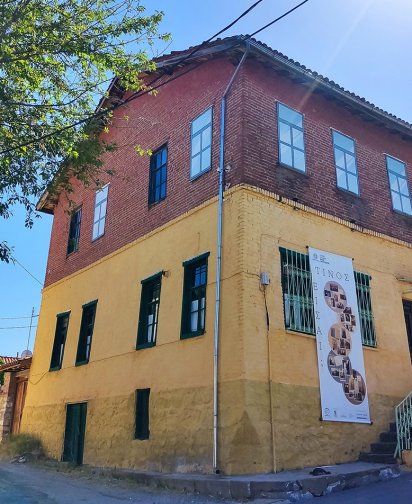 |
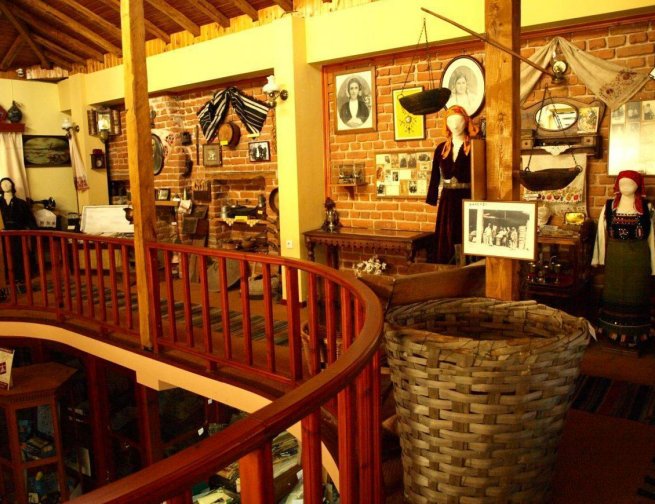 |
Folk Art Museum ... ... "Gnafala"
 |
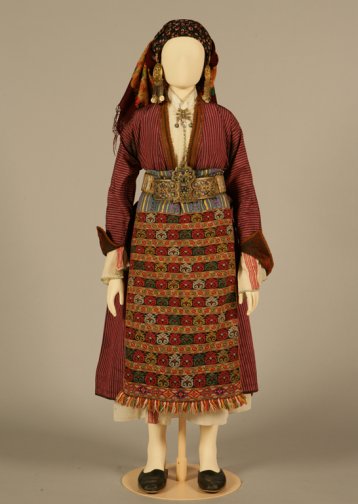 |
Museum of Silk Technology Traditional Soufli Costume
Balkan wars – World War I
The Balkan wars, and, subsequently World War I after that transformed the region of Thrace into a seat of war operations, resulting in the crisis of sericulture and the general downgrading of the region until 1920. In addition, the incorporation of Soufli in Greece after 1922 has indicated its economic decline. The loss of the inland on the eastern riverside of Evros and the subsequent decrease in population of what was now the Greek province of Soufli resulted in the dwindling of the local market and, consequently, the restriction of the trading and craft activities of the town. That is how Soufli, from the transit and trading center it used to be, was transformed into borderland, with all the subsequent disadvantages. Moreover, the partition of Thrace deprived Soufli from a large part of its estates in the eastern riverside of Evros, which now passed into Turkish possession. In particular, in 1922, 2,250 acres (9.1 km2) of mulberry trees and 625 acres (2.53 km2) of fields remained in the possession of Soufli, while the vineyards were completely destroyed by vine louse. During the new period beginning with the incorporation of Soufli in Greece, sericulture remained as the most important source of income for the inhabitants of Soufli. The cultivation of wheat, corn and rye provided the town with self-sufficiency as far as nutrition was concerned, and the inhabitants made use of the empty space among mulberry trees and planted mainly legumes and other early or late cereals (multi-culture).
World War II
With World War II and the German occupation, every trading or intellectual activity is stopped. Life is only vestigial. With the withdrawal of the Germans in August 1944 and the beginning of the civil war, Soufli is once more full of life. The inhabitants of the nearby villages gather in Soufli for safety, and they stay there until the end of 1948.
More recent years
The invention of synthetic silk and the fall of the prices of cocoons have led to the decline of sericulture. Mulberry trees are becoming fewer and fewer, and after the re-allotment of land they have almost vanished. The decline of sericulture, in combination with the lack of industrial units, has forced the population to move towards urban areas or even abroad.
Soufli was affected by flooding in its low-lying areas in the 1960s, 1998, 2005 and 2006.
 |
 |
Silk Factory "Tzivre" "Tzivre"
 |
 |
Museum of Silk Silk workers
 |
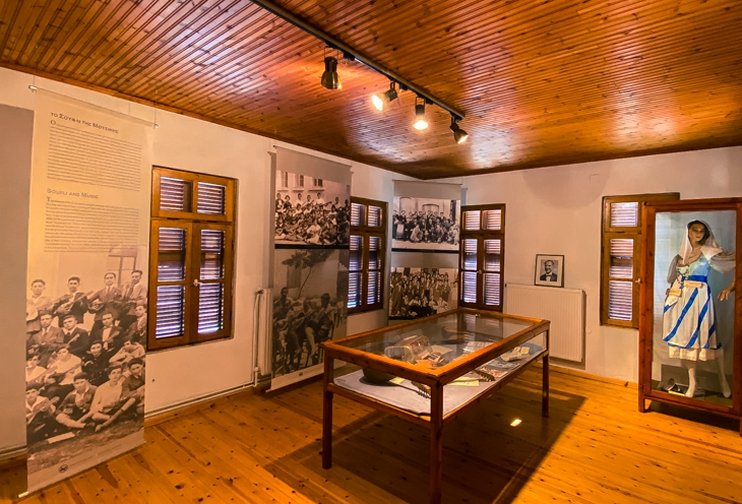 |
Ethnographic Museum Ethnographic Museum
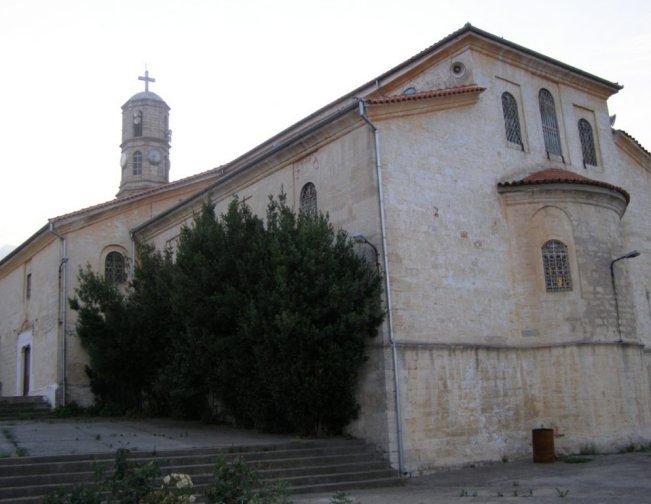 |
 |
Church of St George Church of St Athanasius